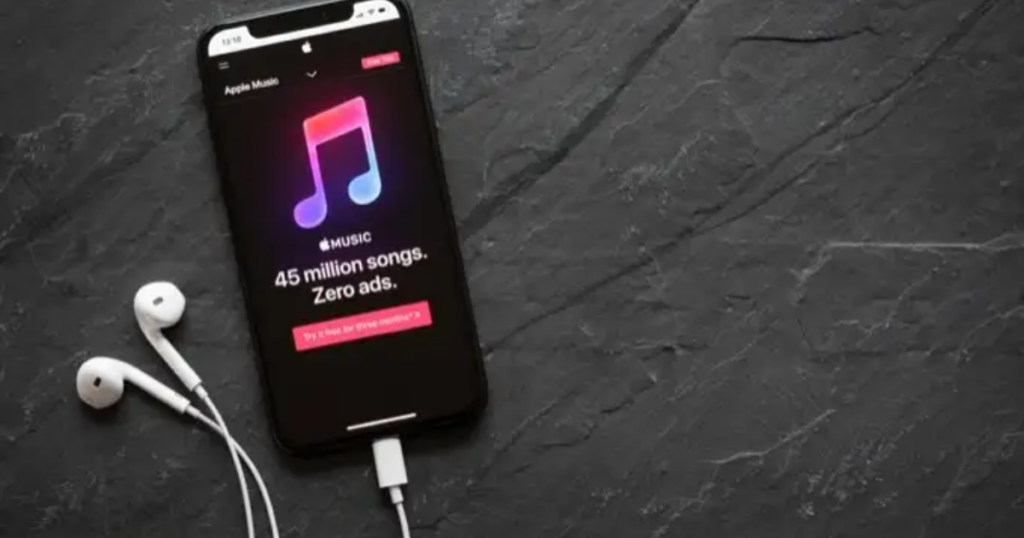As the global music industry continues its shift toward a heavily singles-driven market and continued rise of Digital streaming platforms (DSP), there have also been changes in how music sales are registered. We look at how many streams are credited as an album/song sale and volume for certifications.
In the past, the math for music sales was plain. Three singles sold were recognised as equivalent to selling one album. Therefore, the number of singles sold, divided by three, added to the albums sold.
However, the advent of digital streaming platforms such as Apple Music, Spotify, Amazon Music, Tidal, etc., has made accessing music content so convenient without purchasing an entire project, creating a new dynamic tracking consumption.
Given the unprecedented diversity in access to music catalogues, a standard was created to account for all the different ways of music consumption today, known as the album-equivalent unit (AEA).
The accepted standard of tracking music consumption defined by the (Record Industry Association of America) (RIAA)states that: One album sale equals 10 song downloads or 1,500 song streams.
The formula is used to calculate if an album qualifies for Gold (500,000 units), Platinum (1,000,000) and Diamond (10,000,000) exclusively from streams.
Therefore, if Masicka’s album went platinum RIAA-certified platinum tomorrow, it means songs from it would’ve been streamed at least 1,500,000,000 times collectively outside of downloads.
However, according to reports, Billboard and Nielsen have added consideration to the difference between paid streaming services, like Spotify and Apple Music, and ad-supported tiers like Spotify Free or YouTube.
A revised formula used by the two asserts that 1,250 premium audio streams, 3,750 ad-supported streams, or 3,750 video streams are viewed as equal to one album sale.
Thus, music video views are now counted toward the overall recognition of the track.




